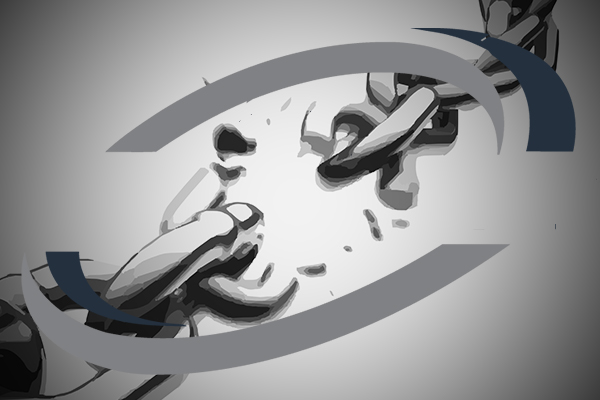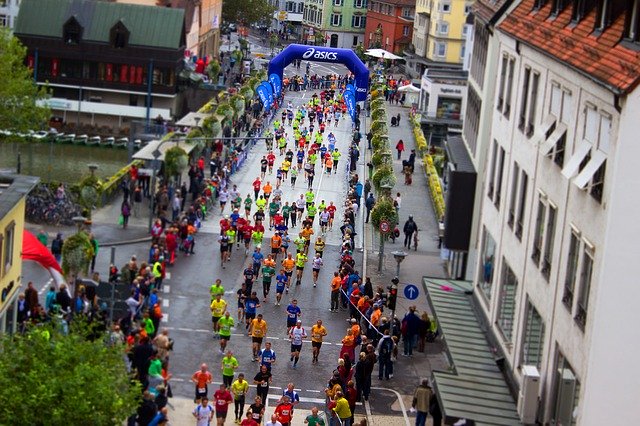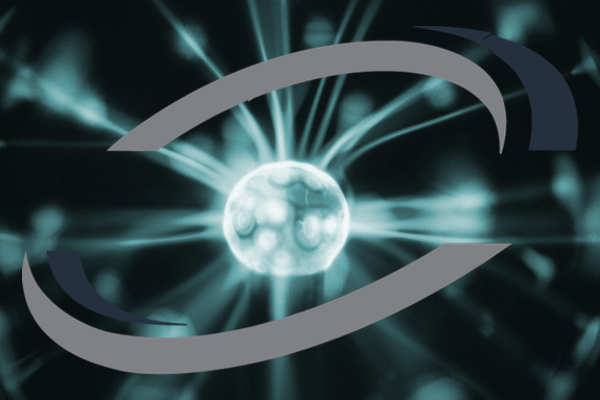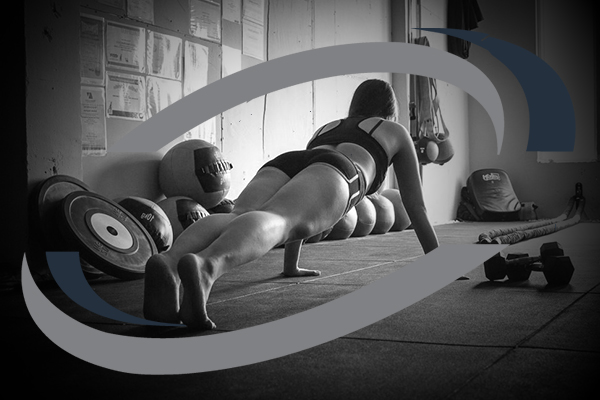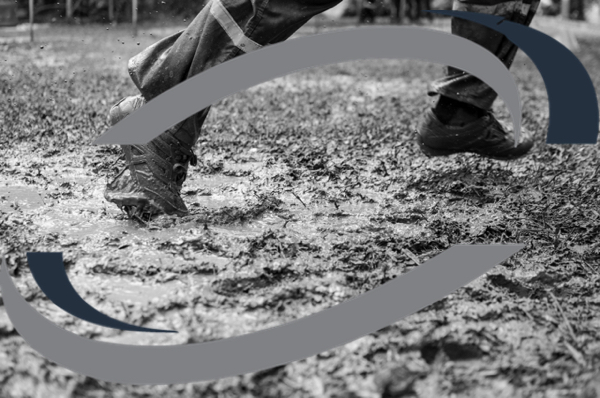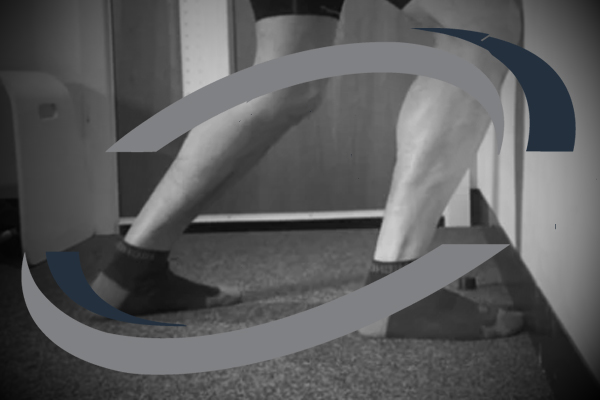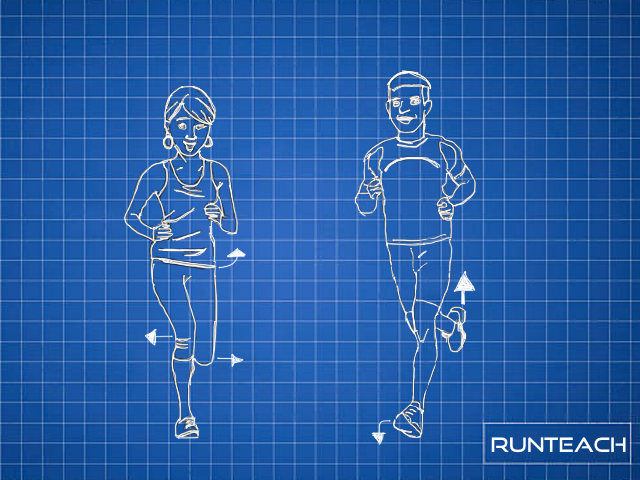I see it all the time, and I’m sure you do too:
“You need to work your glutes!”
“Your glutes aren’t activating…”
“Your ITB pain is probably to do with weak hips and glutes”
While all these statements may be true, there is more to running than just the glutes. To me, these statements all ask more questions than they answer:
- Why aren’t your glutes activating? (actually, they are. But, you have some timing issues)
- What ITB pain are you getting, and what other aches and pains do get as well?
- It’s very easy to pick up on the “in” thing to look at, and for many of us this will have a short term positive impact.
But the cause of pain or lack of performance is rarely, if ever, down to one thing. And there is one area that runners often overlook. There is one crucial part of our running joinery that needs to handle incredible force in all three places of motion, yet we rarely pay it any attention.
There is very little in the way of muscle or fat here, and many of us lack the required range of motion needed for effective walking, let alone running. This part of the body is very often the weak link in our chain, not least because throughout our life we have often injured it and then not given it a second thought when it has healed.
Any ideas yet…
You may well have guessed that I’m talking about the ankles.
Have you ever sprained an ankle? How about a hairline fracture or break? Ligament or tendon damage anyone?
Statistically, if you damage your ankle in any way, you are highly likely to keep on damaging it.
There is overwhelming evidence to support this view, so it is very important to follow any post-injury rehab fully.
Even if you have never been injured around the ankles, getting and keeping them strong should be a top priority for all runners.
During the gait cycle. there are five primary force-absorption mechanisms
- Foot pronation at mid-stance
- Ankle dorsiflexion
- Knee flexion
- Hip flexion
- Contralateral hip drop
Each of the above movements are required in different degrees to absorb the forces we experience when we run. When don’t have enough movement in one area, it can lead to too much movement in another area and puts more stress further up the kinetic chain that the body was designed to handle. This can become a real issue if the connective tissue and muscles throughout the chain are already weakened due to injury or lack of training.
Let’s assume for now, that foot pronation at mid stance is functioning as it should, but ankle dorsiflexion isn’t.
If there is a restriction in the range of motion at the ankle, or the Central Nervous System isn’t acutely aware of the tiny movements required to keep the ankle & foot working correctly, a few things might happen:
- The ankle gets injured
- The loading forces are not absorbed as they should be, so they get pushed further up the chain to the next shock absorber. This puts a much higher stress level on it than the next absorber can comfortably handle.
This then fires another set of possibilities:
- The next absorber, in our case the knee, gets injured.
- The body creates a compensation by bringing in other structures to help handle the force. Over time this can lead to issues in a completely different area of the body. It can then be difficult to diagnose the original issue.
- The knee passes the force further up the chain to the hips, and then the cycle repeats. However, the force has to be absorbed before it reaches the head; the last stop being the shoulders and neck.
So, all this passing of responsibility just because the ankles couldn’t absorb the forces as efficiently as they should.
So, next time you get calf, knee, hip, low back or shoulder pain, look at how your ankles move.
In the next post we’ll look at how you can test your ankle mobility and start to improve both your range of motion and proprioception (Central Nervous System awareness and control of the joint).
In the meantime, you can prepare by working on two-legged and single-legged balance, as well as beginning to notice whether your heels raise at the bottom of a squat.

